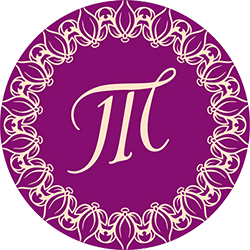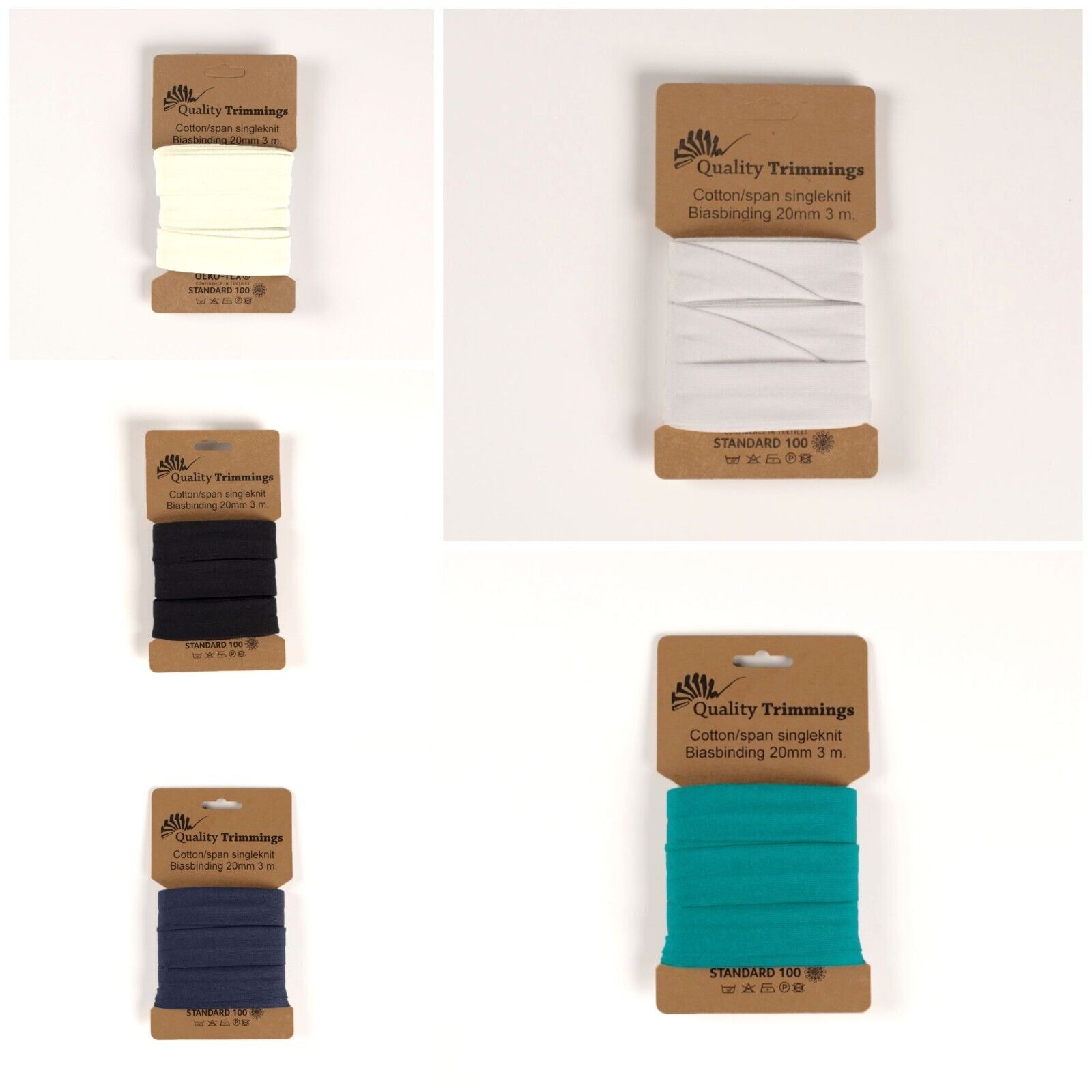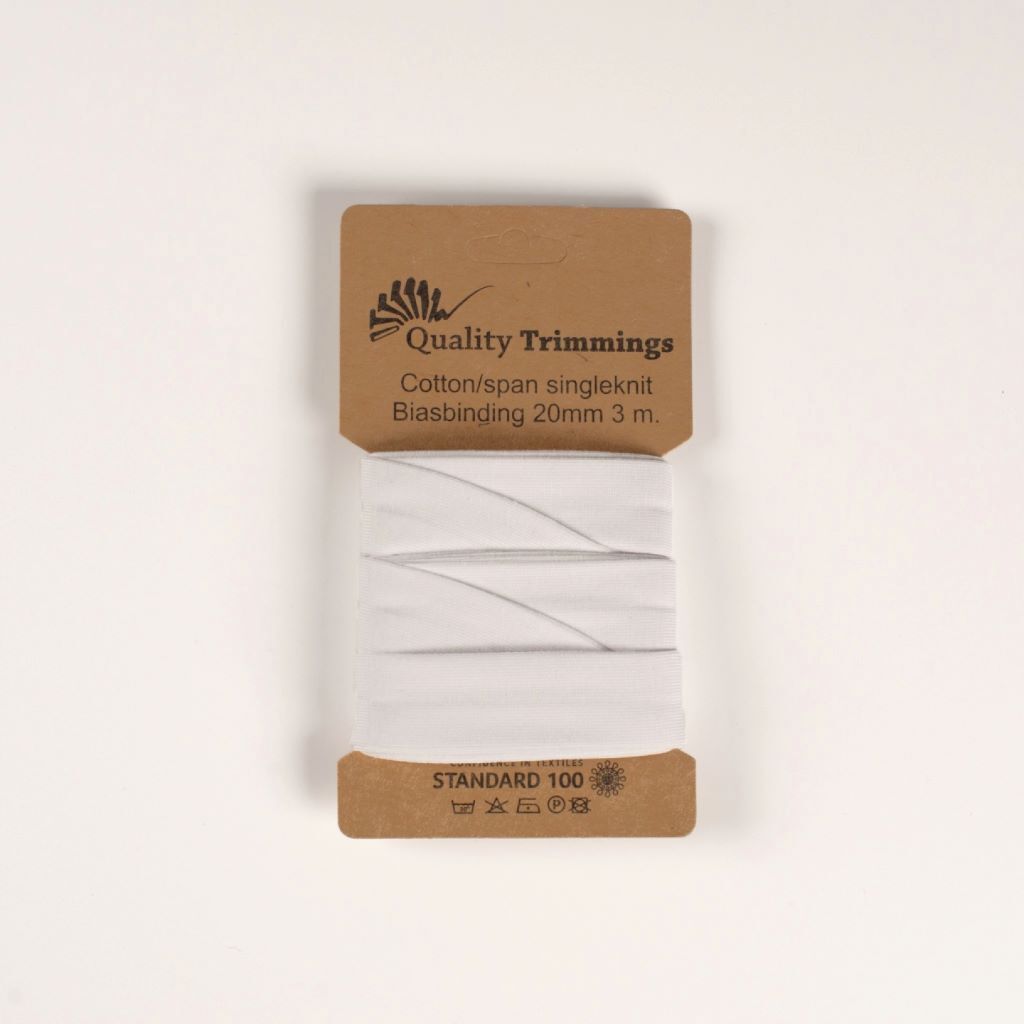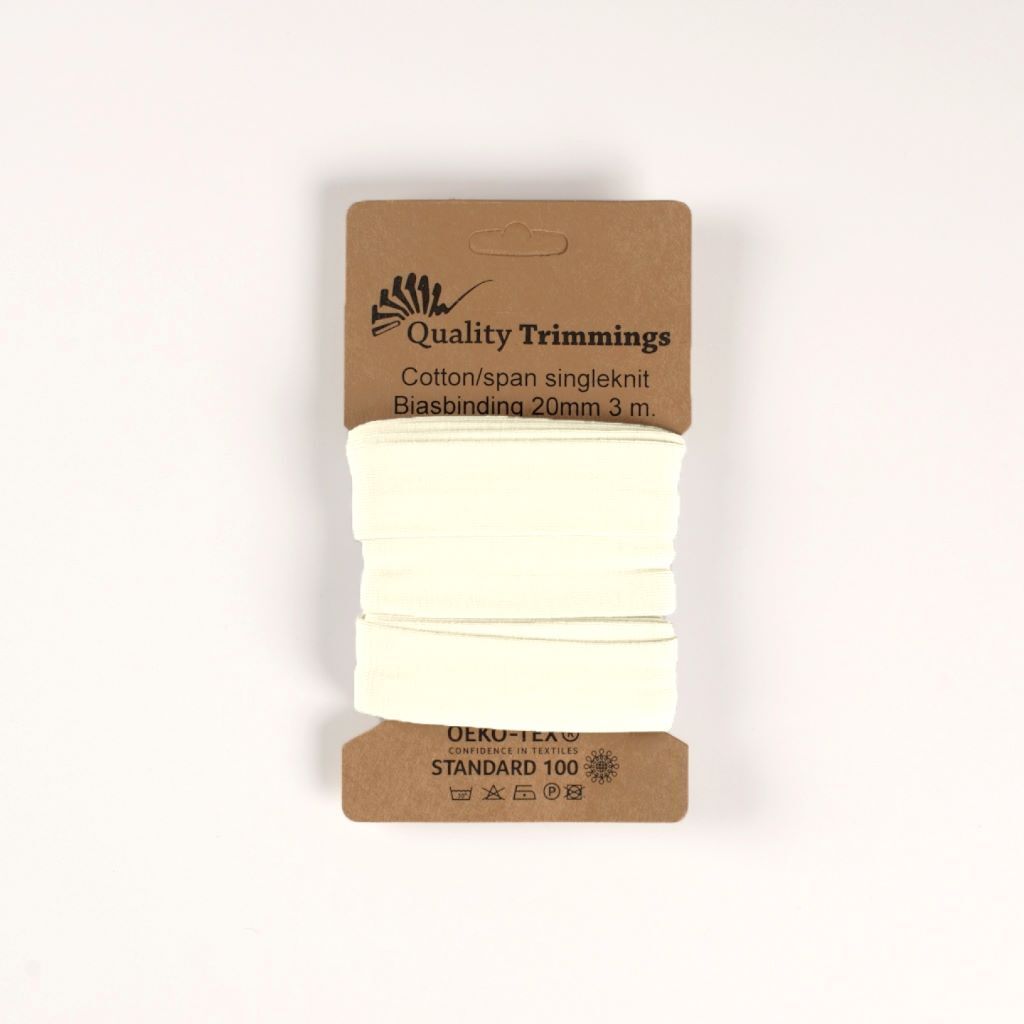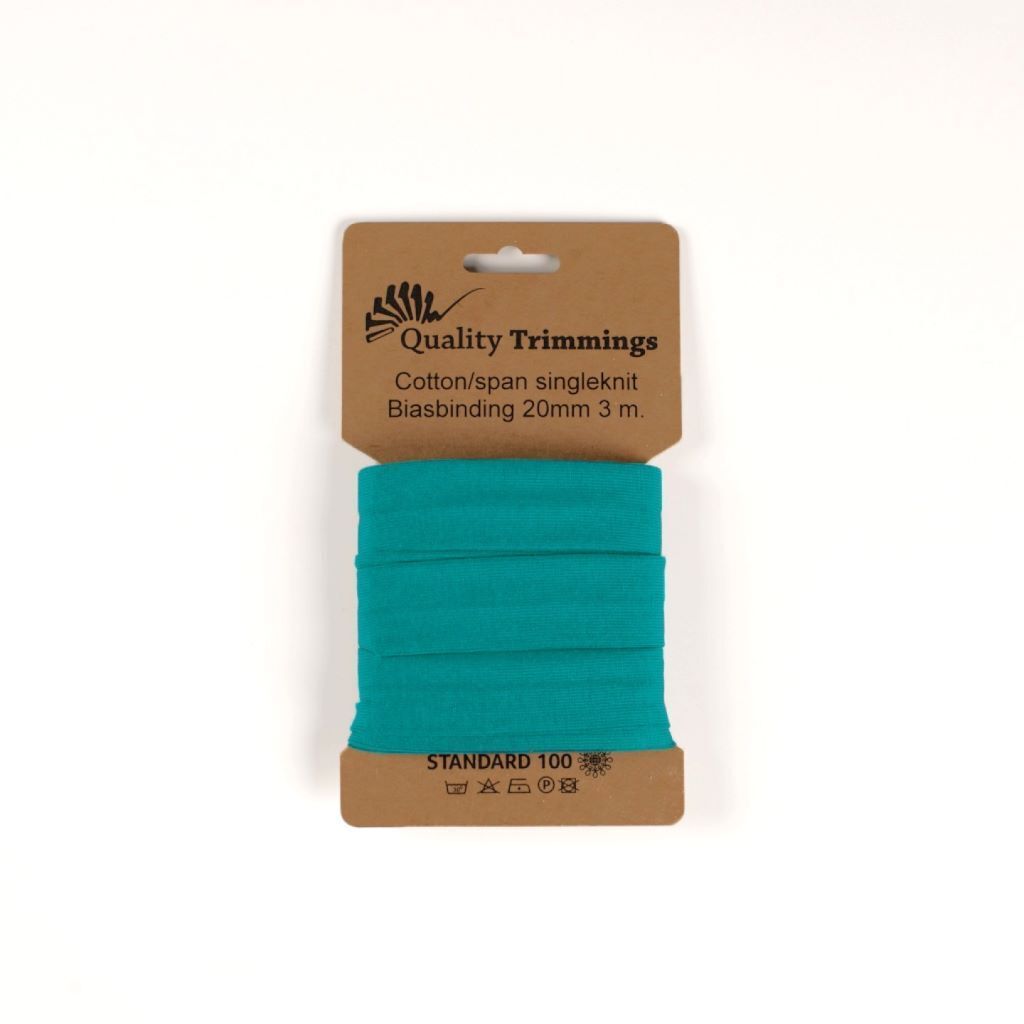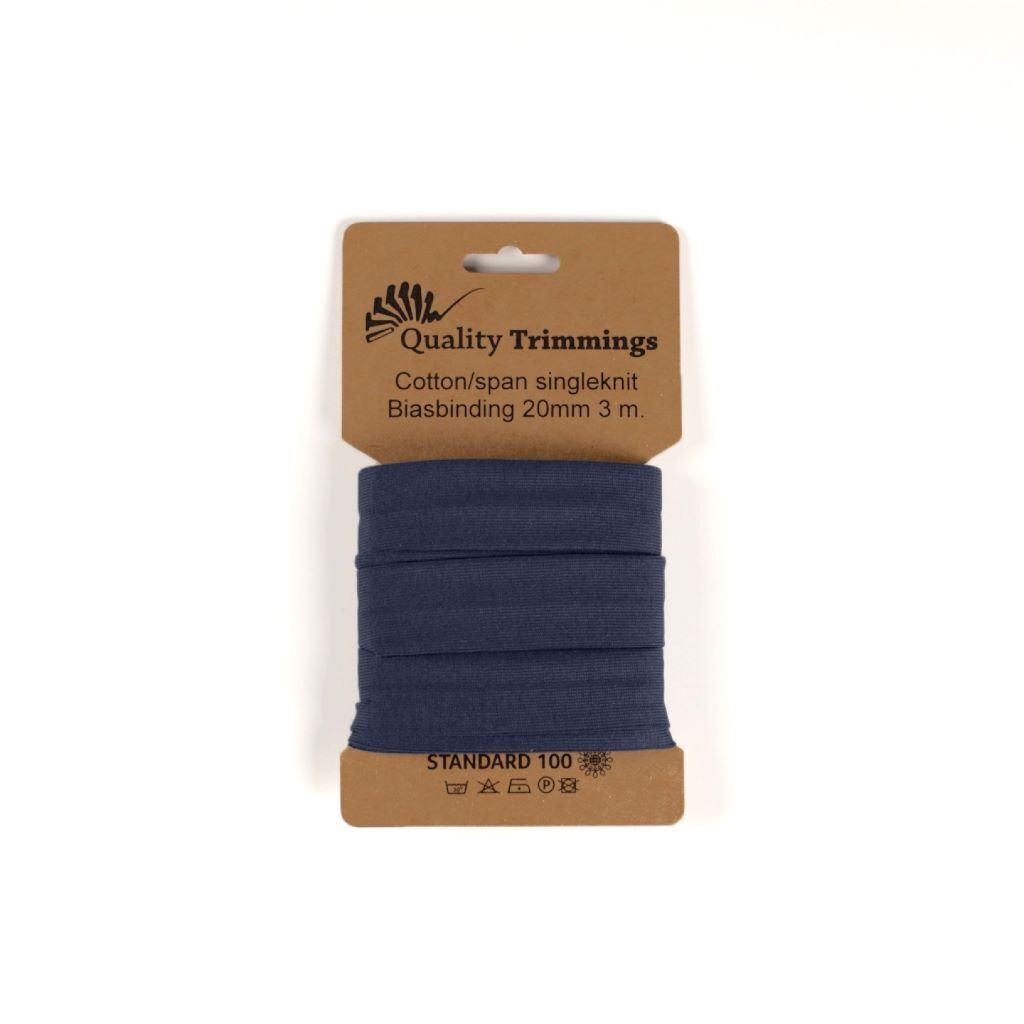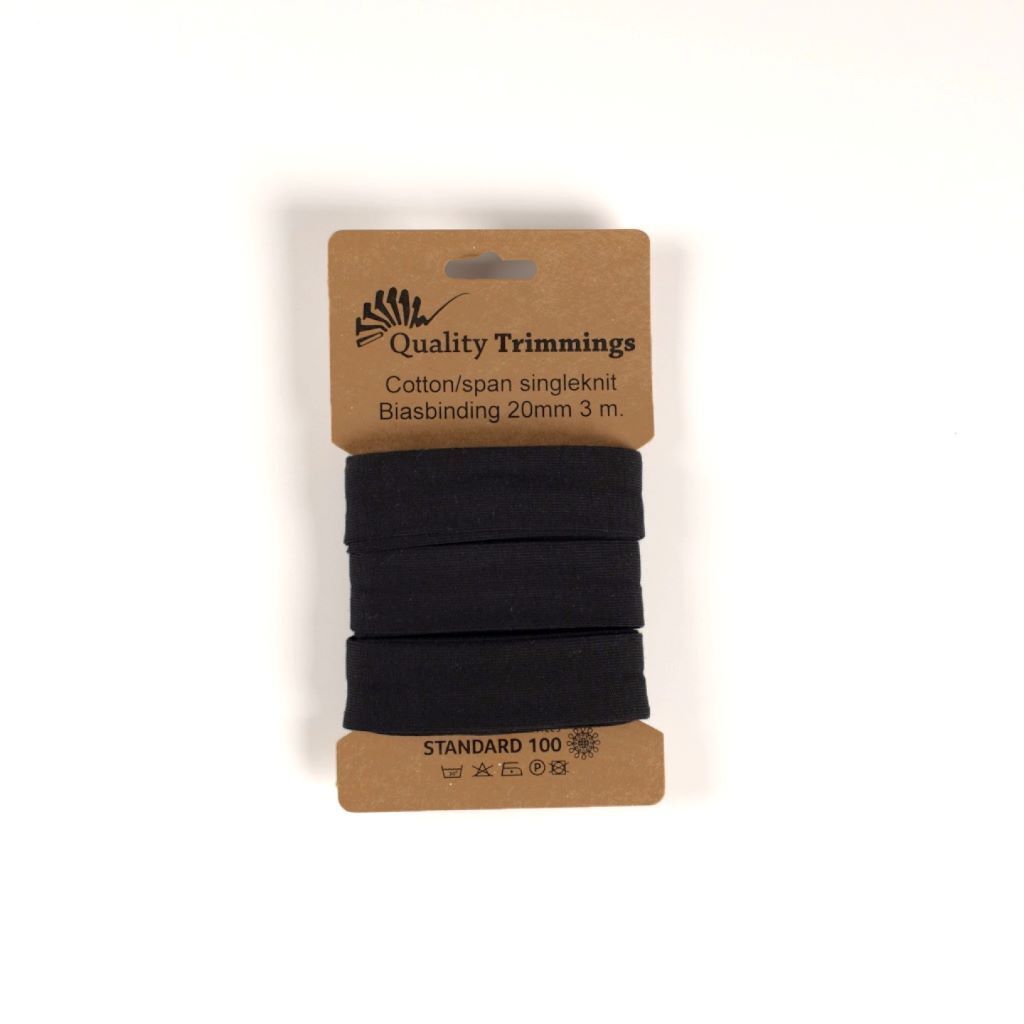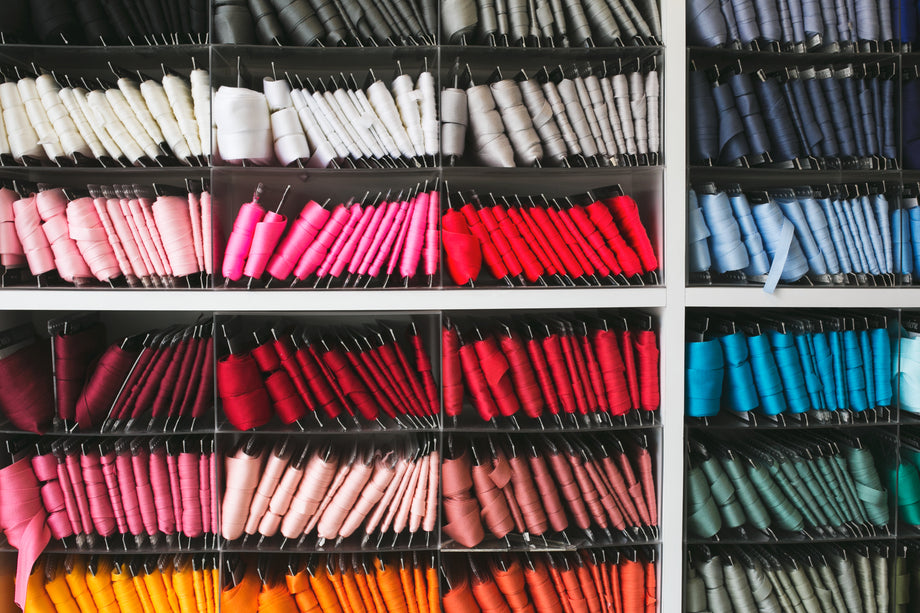Returns Policy
RETURNS POLICY
Once cut and despatched we cannot refund fabric orders, If you have received a damaged or faulty item please contact us and we will do our best to resolve the problem as quickly as possible and without any further cost to yourself.
Contact Details.
Midland Textiles Limited
13-14 Old Grange Road.
Birmingham
B11 4LL
United Kingdom
Mon- Fri 11am -3pm
© 2024 Midland Textiles. Powered by Shopify
